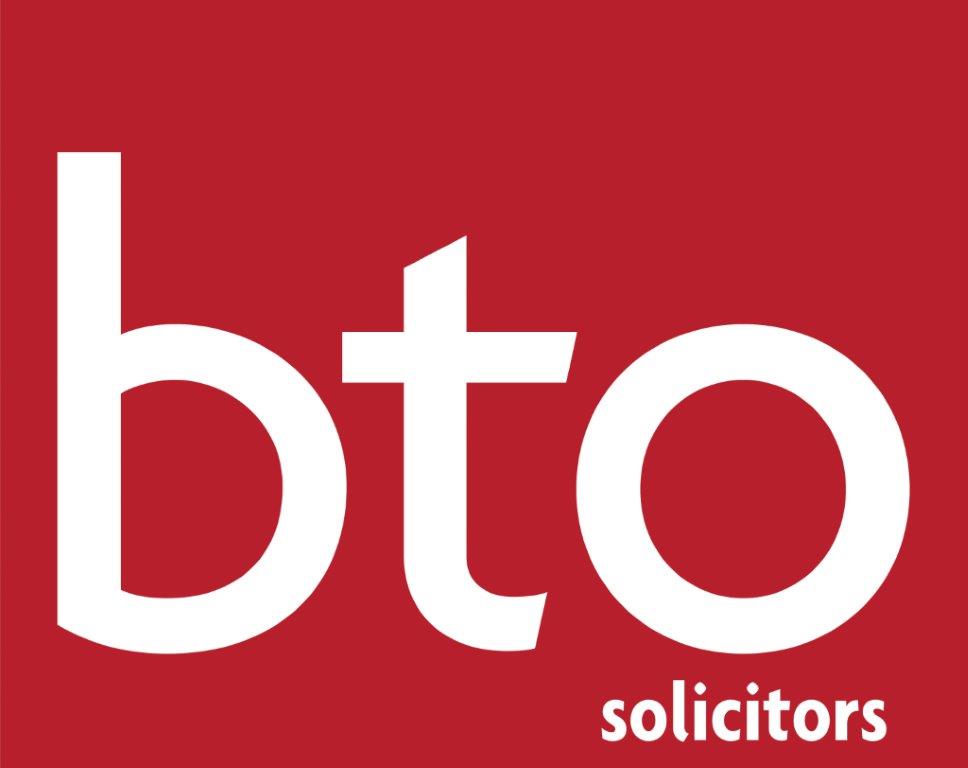Claire White: Additional charges in Scottish courts – a guide to the rule of thumb

Claire White
The First Division of the Inner House of the Court of Session has issued welcome guidance on the assessment of “additional charges” payable on solicitors’ fees in judicial accounts, writes Claire White.
This is a percentage uplift on solicitors’ fees which is allowed where the court is satisfied that it is justified under one or more of the seven heads provided for in the Taxation of Judicial Expenses Rule 2019, para 5.2. We have seen an upwards trend in recent months in the frequency of motions seeking additional charges, and in the amount of uplift being sought.
The court’s guidance comes in the form of a Statement of Reasons published following its decision in the case of Centenary 6 Limited v TLT LLP. The litigation concerned allegations of professional negligence by a firm of solicitors, in relation to advice given to the pursuers in connection with proceedings they were pursuing under the Insolvency Act 1986. The alleged negligence was in relation to a failure to advise the pursuers of the need to lodge caution.
The negligence was admitted, but other aspects of the claim, including causation and quantification of loss, remained in dispute. The pursuers were successful at first instance in the Outer House. The defenders then brought a reclaiming motion (appeal) before the Inner House, which was refused.
The pursuers were awarded the expenses of the litigation, with the expenses of the reclaiming motion being modified to 90 per cent. They were also awarded an additional charge for the Outer House procedure, under five of the heads provided for in the 2019 Rules, four of these having been agreed between the parties and the court adding a further one. The court assessed the additional charge for the Outer House procedure at 75 per cent.
For the Inner House procedure, the court allowed an additional charge on two heads, and assessed it at 30 per cent.
The pursuers had been seeking 300 per cent and 250 per cent for the Outer House and Inner House procedures respectively.
In the brief statement of reasons, the court notes that in his 2013 Review of Expenses and Funding and Civil Litigation, Sheriff Principal Taylor had expressed the view that in any commercial or case managed action, an additional charge should not exceed 100 per cent. This was based on an acceptance that the standard judicial rate of expenses was appropriate remuneration for the average solicitor acting in an ordinary court of session action. To allow a doubling of that remuneration for more complex cases appeared to be a reasonable maximum.
The court noted that there have been some examples of additional charges exceeding 100 per cent, but stated that in general, a 100 per cent maximum is still appropriate
The court indicated that, as a general rule of thumb, 10-15 per cent per head of additional charge, is reasonable, although that may be departed from, if there is good reason to do so. This is line with the recent Inner House decision in Foster v Foster 2024 SCLR 124, where an additional charge of 30 per cent on three heads was granted in a family action.
Comment
This statement from the Inner House provides welcome guidance to practitioners on the parameters of additional charges likely to be allowed. The increasing trend seen over recent years for large uplifts should now be curtailed. Disputes will undoubtedly still arise in relation to whether an additional charge is merited at all, and on which heads it should be allowed. The Foster case provides useful guidance on when such a charge is merited. The starting point remains that the standard judicial expenses represent appropriate remuneration in an ordinary case, and it is for the party seeking to obtain an additional charge to satisfy the court as to the justification for this.
While awards in excess of 100 per cent have routinely been sought by solicitors acting for successful litigants in recent years, and on occasion awarded, this should now be a rare occurrence, and will only be appropriate in the most complex of actions. Although the statement of reasons supports a maximum of 100 per cent in commercial and case managed actions, other types of non-commercial, non-case-managed actions (such as personal injury actions) were not specifically mentioned. It may well be that there remains scope for arguing that a maximum somewhat lower than 100 per cent is appropriate in such actions.

Claire White is a partner at BTO LLP








